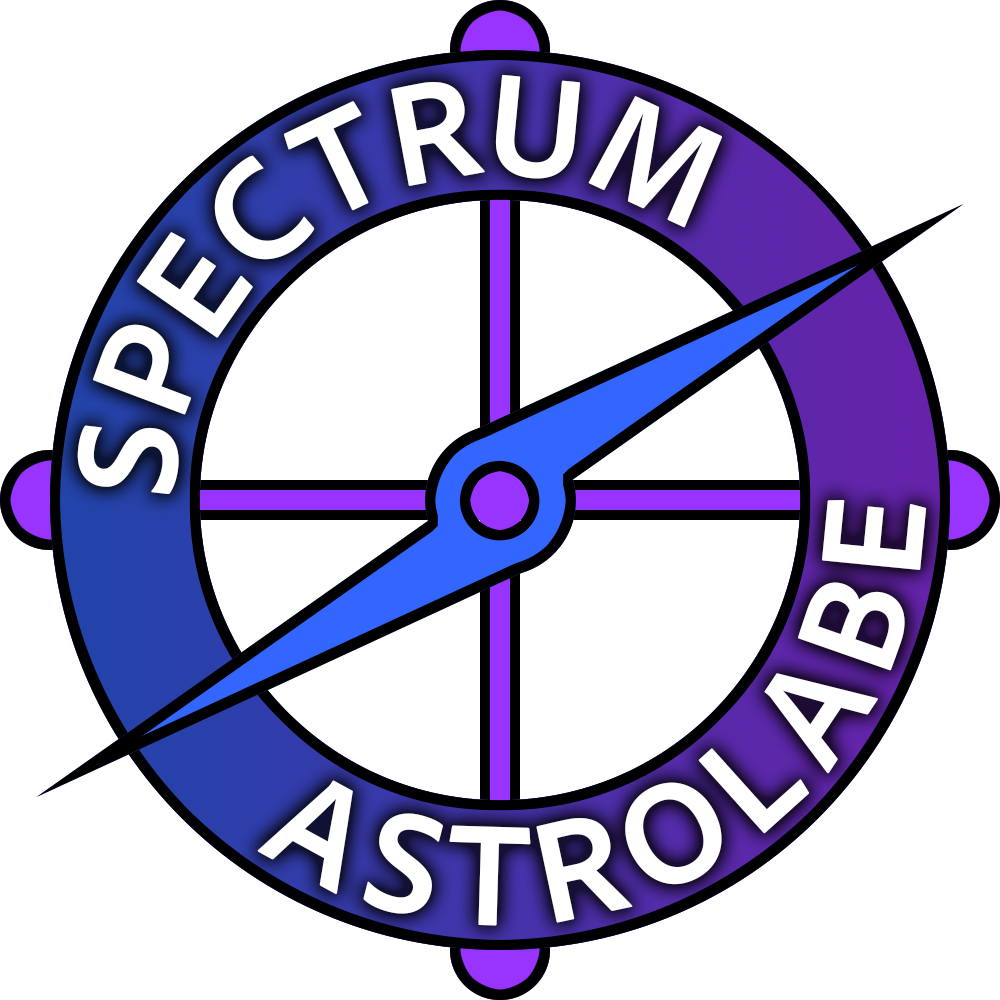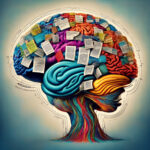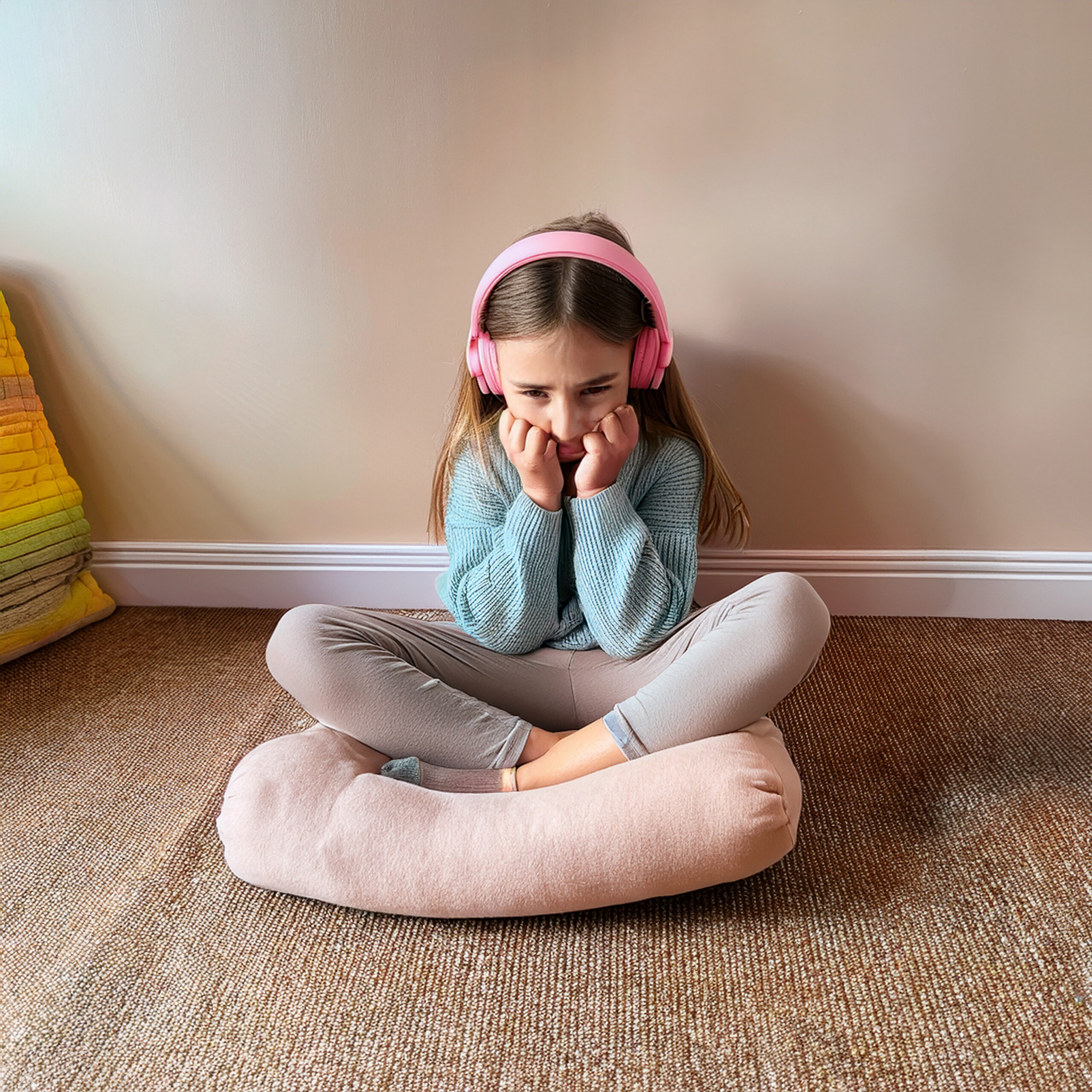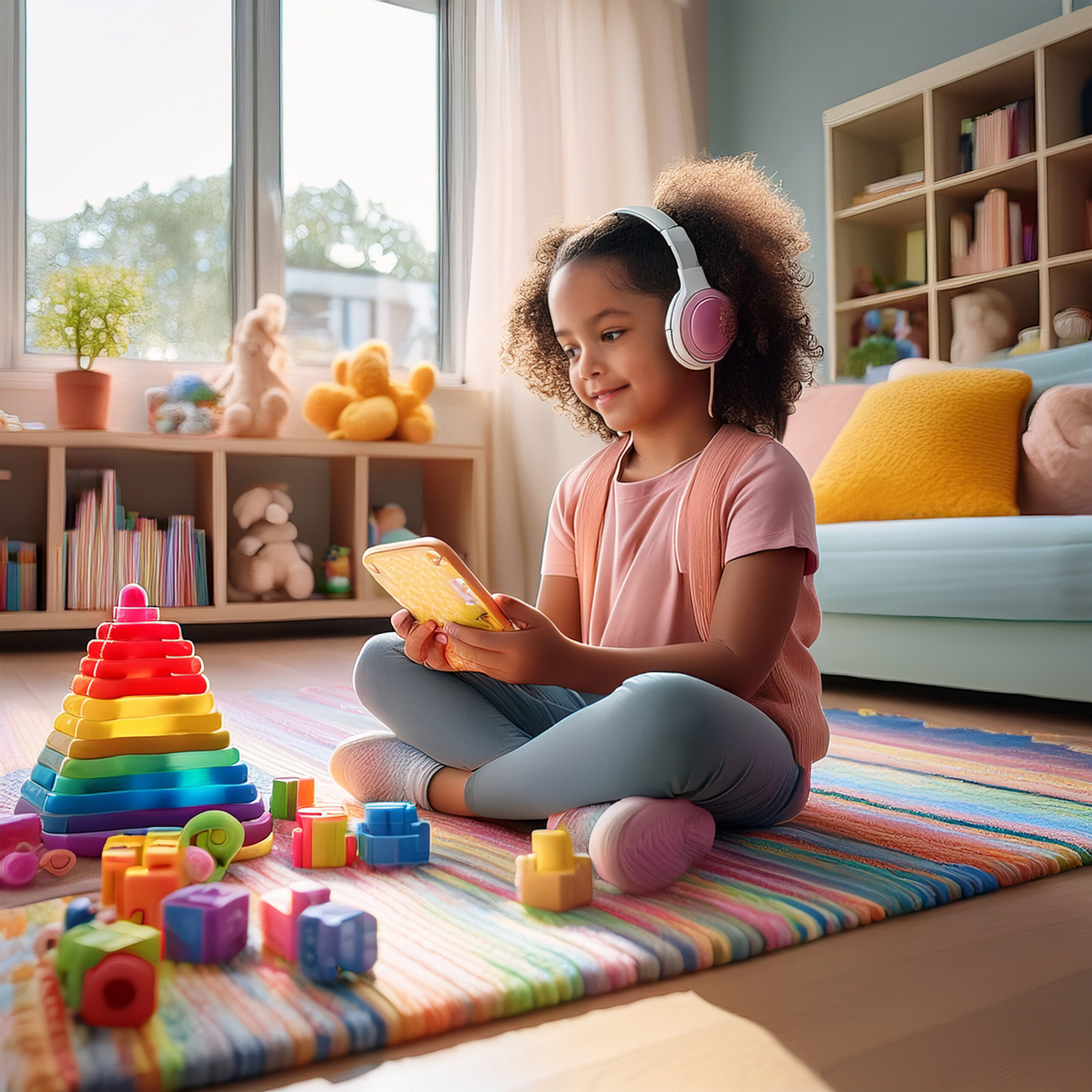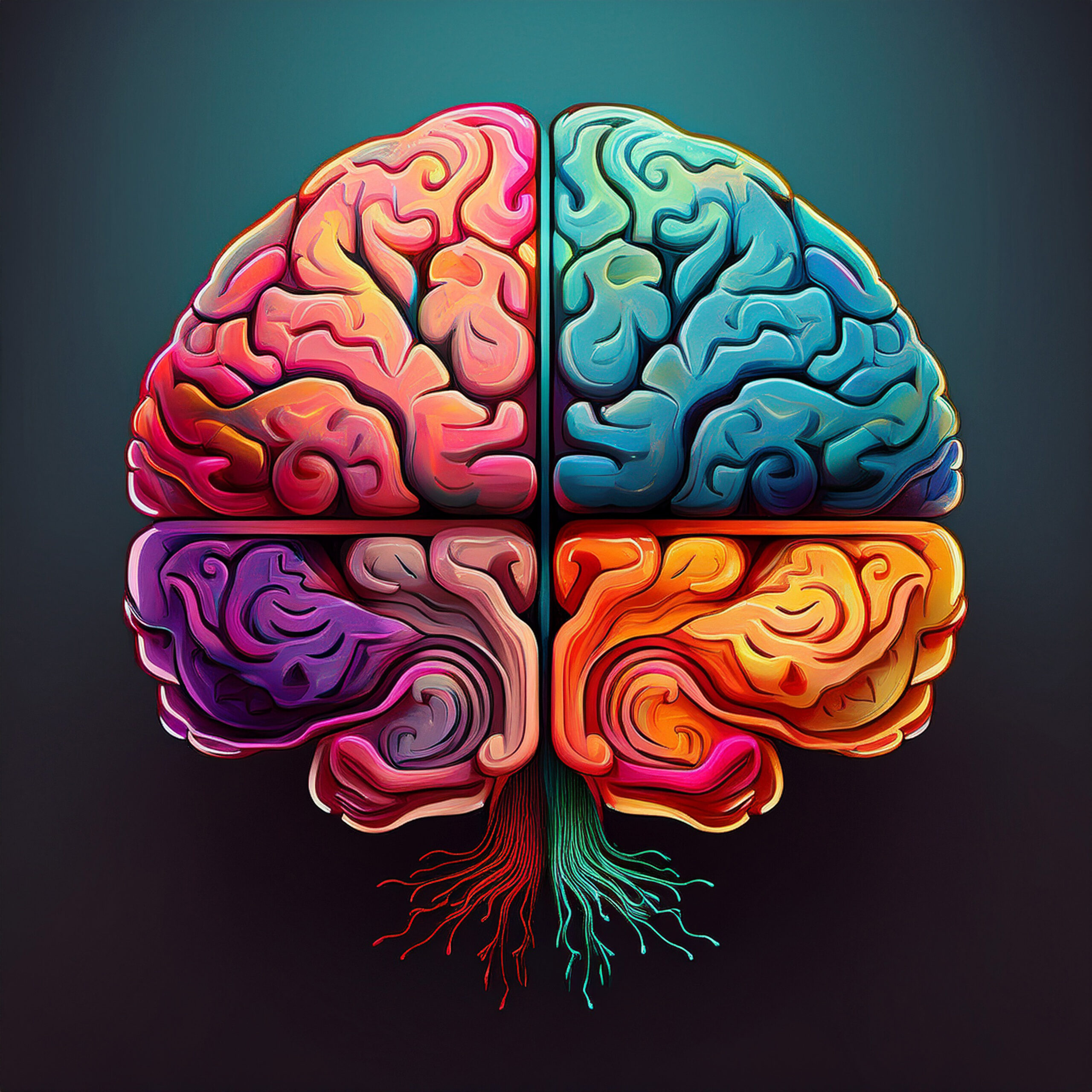Have you ever hesitated to toss a scuffed up mug, or felt a twinge of guilt when packing away a childhood toy? If so, you’re not the only one. Among autistic people, these feelings are common, and for many, they’re a regular part of life.
Why Do So Many Autistic People Personify Objects?
A few years ago, researchers Rebekah White and Anna Remington asked adults about their relationships with inanimate objects. Over half of the autistic adults in their study said they give objects personalities or feelings. For comparison, about a third of non-autistic adults said the same. And for many autistic people, these habits don’t fade away with age.
Why does this happen? There are a few theories. Some people say that seeing objects as having feelings helps ease loneliness, or makes the world feel more predictable. Others find comfort in the reliability of objects, especially when human relationships feel complicated or overwhelming. One autistic writer put it like this: “Forming deep emotional bonds with stuffed animals is a natural and integral part of my identity, one that brings me joy, comfort, and a sense of connection.”
Real Stories and Everyday Impact
Steve Slavin, who is autistic and works as a tutor, has written about his own experiences. He describes feeling “huge amounts of sadness and anxiety” for things left out or forgotten, like an old photo or a toy that hasn’t been played with. Steve said, “Even at 57 years of age, the sadness I feel from objects stops me from becoming a fully functional adult. At times it disables me and keeps me as a child who wants to cry all the time.”
But not all experiences are painful. Some people find that objects feel honest and dependable in a way people sometimes don’t. In a recent interview, one autistic participant explained, “I just remember feeling more comfortable with objects than with people, like I could trust them more, as if they were more honest.”
How Personification Fits Into Autistic Life
There’s still a lot to learn about why this happens. Some scientists think it might be connected to synaesthesia, where senses blend together, like hearing colors or feeling that numbers have personalities. Others believe it’s linked to unique ways autistic people process social information or experience empathy.
Importantly, many autistic advocates push back on the idea that personifying objects is a problem that needs fixing. One advocate wrote, “Rather than seeking to ‘fix’ or ‘normalize’ this behavior, I believe we should strive to understand and appreciate the diverse ways in which autistics navigate and make sense of our surroundings.”
For those of us who personify objects, it’s not just a quirky habit. It shapes how we move through the world, affects our feelings, and sometimes brings comfort or a sense of control. Recognizing these experiences helps challenge old ideas about autism and opens up more honest conversations about neurodiversity.
So if you’ve ever felt bad for an ignored spoon or a lonely book, you’re not alone. Sometimes, it really does feel like the things around us have stories to tell, if we’re willing to listen.
Citations
- White, R. C., & Remington, A. (2019). Object personification in autism: This paper will be very sad if you don’t read it. Autism, 23(3), 718-728. https://doi.org/10.1177/1362361318779430
- White, R. C., & Remington, A. (2019). Object personification in autism: This paper will be very sad if you don’t read it. Autism, 23(4), 1042-1045. https://pubmed.ncbi.nlm.nih.gov/30101594/
- Slavin, S. (2024). Personal reflection on object personification and autism. [Personal blog post].
- Milton, D. (2012). On the ontological status of autism: The ‘double empathy problem’. Disability & Society, 27(6), 883-887. https://doi.org/10.1080/09687599.2012.710008
- Williams, D. (2020). Synaesthesia and autism: Is there a link? Frontiers in Psychology, 11, 566. https://doi.org/10.3389/fpsyg.2020.00566
- Baron-Cohen, S., & Wheelwright, S. (2004). The empathy quotient: An investigation of adults with Asperger syndrome or high functioning autism, and normal sex differences. Journal of Autism and Developmental Disorders, 34(2), 163-175. https://doi.org/10.1023/B:JADD.0000022607.19833.00
- Chown, N. (2017). More on the double empathy problem: Autism and social interaction. Disability & Society, 32(6), 913-917. https://doi.org/10.1080/09687599.2017.1328154
- Kapp, S. K., Gillespie-Lynch, K., Sherman, L. E., & Hutman, T. (2013). Deficit, difference, or both? Autism and neurodiversity. Developmental Psychology, 49(1), 59-71. https://doi.org/10.1037/a0028353
- Crompton, C. J., Ropar, D., Evans-Williams, C. V. M., Flynn, E. G., & Fletcher-Watson, S. (2020). Autistic peer-to-peer information transfer is highly effective. Autism, 24(7), 1704-1712. https://doi.org/10.1177/1362361320919286
- Silverman, C. (2012). Understanding autism: Parents, doctors, and the history of a disorder. Princeton University Press.
- Fletcher-Watson, S., & Happé, F. (2019). Autism: A new introduction to psychological theory and current debate. Routledge.
